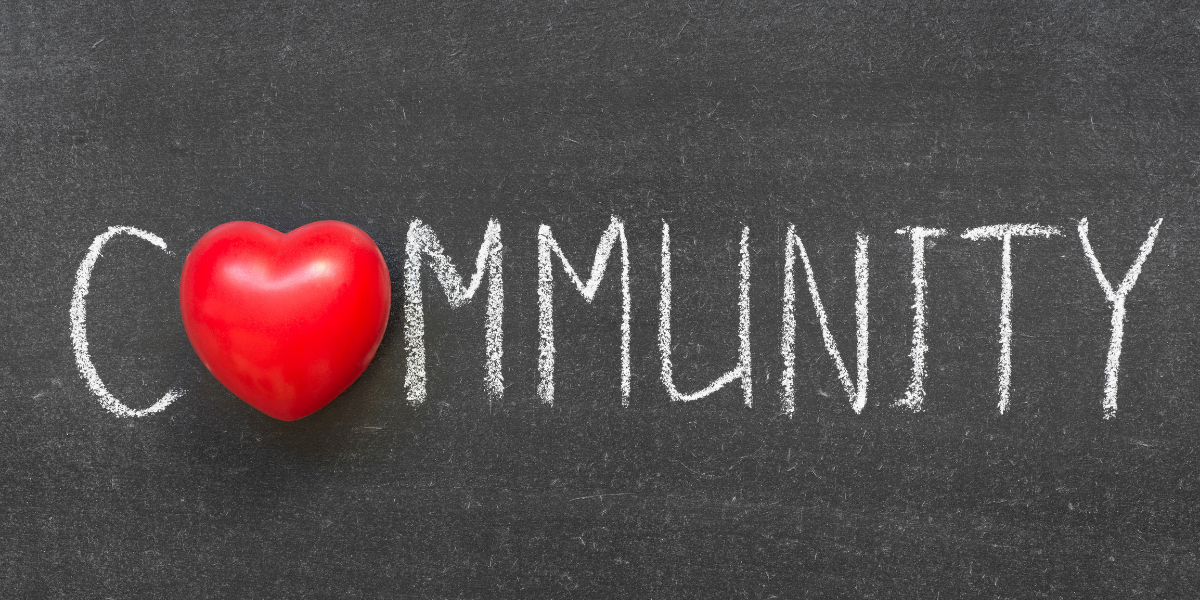Most organizations I have worked with consider community as an outcome of their work with their donors towards their mission. Have you observed this too? In the past few months, the pandemic has extensively highlighted the inequalities and inequities that always existed around us and perhaps perpetuated by years of ignorance. Disproportionate sufferings and the consequences of mismanaged privileges around us show community is not an outcome. It always should be the center of our work in this industry. So, how do you center it when you are working with your constituent data? You may be the direct producer or the consumer of research. Either way, if you are dealing with raw constituent data, here are five pointers to get started on this path.
#1. Understand who is ultimately affected by your data.
Your data is the stepping stone for next steps, decisions, and strategies. Think about the flow of decision-making from the point that data turn insight into action for your fundraiser. Where does the impact ultimately lie? Maybe you are looking at your major gift donors to evaluate their philanthropic interests. As you arrive at the results, check if strategies from the results could be held accountable for supporting the interests of the marginalized population in your community. After all, your work is to serve that community through that data you have collected.
#2. Acknowledge that you may not have the data you need.
Historically, we have always been so focused around:
- collecting metrics around dollars, and,
- repeatedly attempting to correlate higher engagement with higher giving.
So, if you truly want to focus on developing a relationship with the community (and that includes all your donors from all backgrounds), for the community – know that your organization may not have looked for or collected those indicators, ever. That means as you become bolder with your intent to look at engagement differently, look out for what other data you could start collecting. The purpose of data is to keep you curious and not stagnate you.
#3. Create time to understand your broader community and the needs of its marginalized populations.
This is important. No matter how confidant you feel about knowing your community, know that there may always be aspects that you could learn. So, keep recurring space on your calendar to unlearn (unchecked biases) and learn about the community and its marginalized populations. “What we don’t know, we don’t know” should not protect us from being accountable where we should be.
#4. Understand that not every data sheet has to be segmented and compared as “good, medium and bad”.
This one is my favorite. We are used to turning constituent data into formats that serve our existing fundraising techniques and frameworks, unopposed and unchallenged. But, it doesn’t have to be so. If you decide to center your community, understand that you have to develop a different relationship with your data. One that makes you think a bit harder, not just giving next step prospects by toggling excel filters. So, you have to make deliberate choices – not every constituent data you look at the need to be segmented as “top vs. non-top” (or, whatever word you choose for that “non-top”) or “good, medium, bad”.
#5. Roll up your sleeves. You have bad data. Period.
No, I am not just talking about that database transition or incomplete attributes here and there. I meant beyond that. Your data is grounded in practices that may not have been equitable. It is based on decisions in the past that may not have centered around racial or social justice. Attempting to build predictive analytics-led models (or true A.I. someday in the future) on such data will not lead to different outcomes than what we already have seen. I am not suggesting to get rid of that data (wait, can I?), but here are some things you could do:
- Identify with your team all the types of “flaws” your data could have,
- Encourage a healthy dialogue to understand the sources (as much as possible) of those issues, and,
- Understand what you need to do to “fix it” – maybe this includes hiring a combination of tech and DEI consultants to counsel you on appropriate structures on which to collect data.
These are not one-time pointers. To navigate them successfully in your organization, you may need to initiate some tough conversations inside and outside your team. BUT, remember that by centering community in our work, we are solidifying the fundamentals of philanthropy to make it truly sustainable.
Meenakshi (Meena) Das (she/her/hers) is a fundraising analytics and research specialist. She is the founder of NamasteData, a nonprofit consulting practice that aims to build inclusive and equitable research and analytics solutions. She specializes in designing survey-based research tools, analyzing relationship-based engagement, and conducting in-depth dashboard assessments. Meena appreciates spending her time outside work as a mentor to immigrant women and as a pro bono research advisor to small shops. Her two recent favorite projects are her Udemy course on “5 Essential Components of Inclusive Fundraising Analytics” and designing the second season of her podcast “Being and Unbeing an Immigrant” where she wants to bring together the families of immigrants left behind in the home country. Connect with Meena on LinkedIn.







